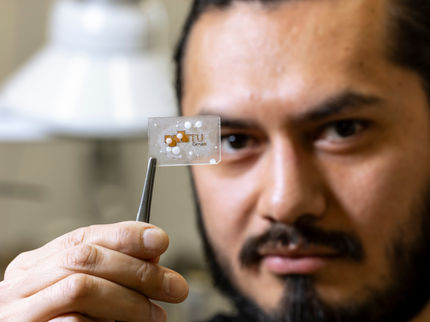Checking authenticity of Earth's smallest, most valuable bits of paper
With stamp collecting a popular hobby and lucrative investment, scientists are describing a comprehensive new way of verifying the authenticity and rooting out fakes of what may be the smallest and most valuable pieces of paper on Earth. Their report appears in the journal Analytical Chemistry.
Ludovico Valli and colleagues explain that museums, archives and private stamp collectors have long been searching for better ways to confirm the authenticity of rare stamps, and details like cancellation marks that increase value. But until now, those approaches have been limited to individual components of a stamp, like the ink, or have relied on expert inspections. Valli's team looked for a better way.
They describe successful use of a lab test called infrared spectroscopy to test all of the multiple components that make up a stamp — including paper fibers, fillers, inks, adhesives and coatings — to produce a portrait without damaging the stamp itself. Valli and colleagues tested it successfully on more than 180 Italian stamps that span almost the entire history of Italy's stamp-making, which dates back to 1850. They detected two counterfeits, one of the rare Gronchi Rosa, which was issued in 1961 for then-president Giovanni Gronchi's trip to South America, and a 2-cent stamp from 1861. They describe the technology as "a really simple, precise, immediate, and nondestructive method" for determining the authenticity of stamps.
Most read news
Organizations
Other news from the department science
These products might interest you
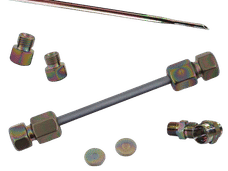
Dursan by SilcoTek
Innovative coating revolutionizes LC analysis
Stainless steel components with the performance of PEEK - inert, robust and cost-effective

OCA 200 by DataPhysics
Using contact angle meter to comprehensively characterise wetting behaviour, solids, and liquids
With its intuitive software and as a modular system, the OCA 200 answers to all customers’ needs
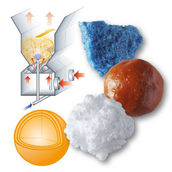
Tailor-made products for specific applications by IPC Process Center
Granulates and pellets - we develop and manufacture the perfect solution for you
Agglomeration of powders, pelletising of powders and fluids, coating with melts and polymers

Get the chemical industry in your inbox
By submitting this form you agree that LUMITOS AG will send you the newsletter(s) selected above by email. Your data will not be passed on to third parties. Your data will be stored and processed in accordance with our data protection regulations. LUMITOS may contact you by email for the purpose of advertising or market and opinion surveys. You can revoke your consent at any time without giving reasons to LUMITOS AG, Ernst-Augustin-Str. 2, 12489 Berlin, Germany or by e-mail at revoke@lumitos.com with effect for the future. In addition, each email contains a link to unsubscribe from the corresponding newsletter.
Most read news
More news from our other portals
See the theme worlds for related content
Topic World Spectroscopy
Investigation with spectroscopy gives us unique insights into the composition and structure of materials. From UV-Vis spectroscopy to infrared and Raman spectroscopy to fluorescence and atomic absorption spectroscopy, spectroscopy offers us a wide range of analytical techniques to precisely characterize substances. Immerse yourself in the fascinating world of spectroscopy!

Topic World Spectroscopy
Investigation with spectroscopy gives us unique insights into the composition and structure of materials. From UV-Vis spectroscopy to infrared and Raman spectroscopy to fluorescence and atomic absorption spectroscopy, spectroscopy offers us a wide range of analytical techniques to precisely characterize substances. Immerse yourself in the fascinating world of spectroscopy!
Last viewed contents
Oxea announces price increase for Polyols in Europe
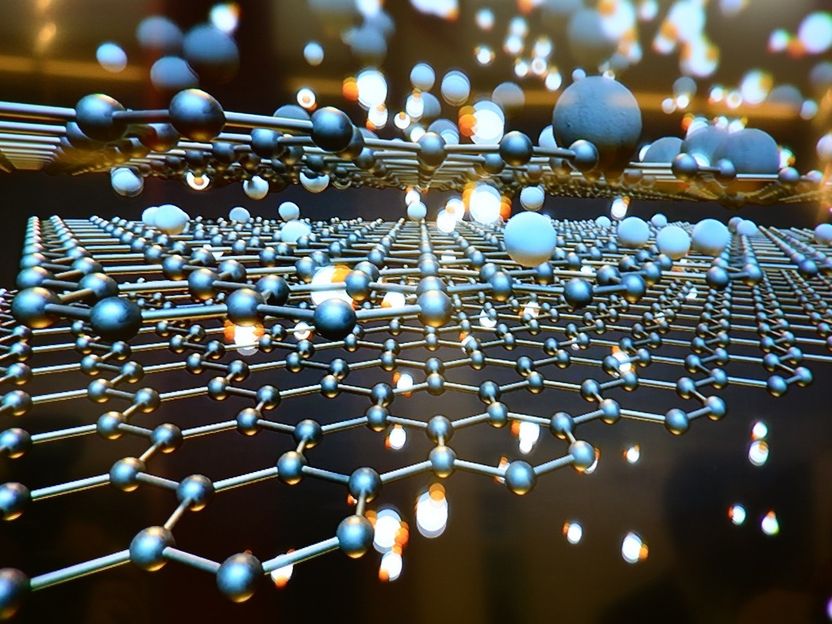
New theory explains superconductivity in spun graphene trilayers - The study, carried out by CSIC scientists, lays the foundations for understanding the mechanisms of certain unconventional superconducting materials
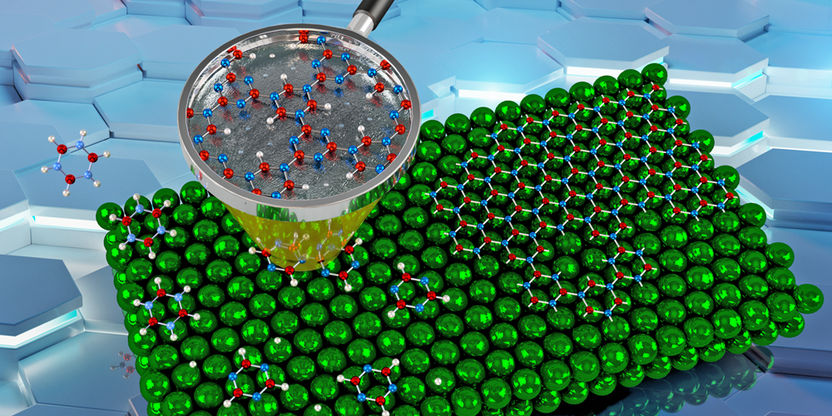
Growth of Nanoholes Visible for the First Time Thanks to Helium Scattering - Scientists were able to observe and document the growth of hexagonal boron nitride for the first time

Wood materials make for reliable organic solar cells - Kraft lignin improves the stability in organic solar cells thanks to its ability to form hydrogen bonds that acts as a sort of glue
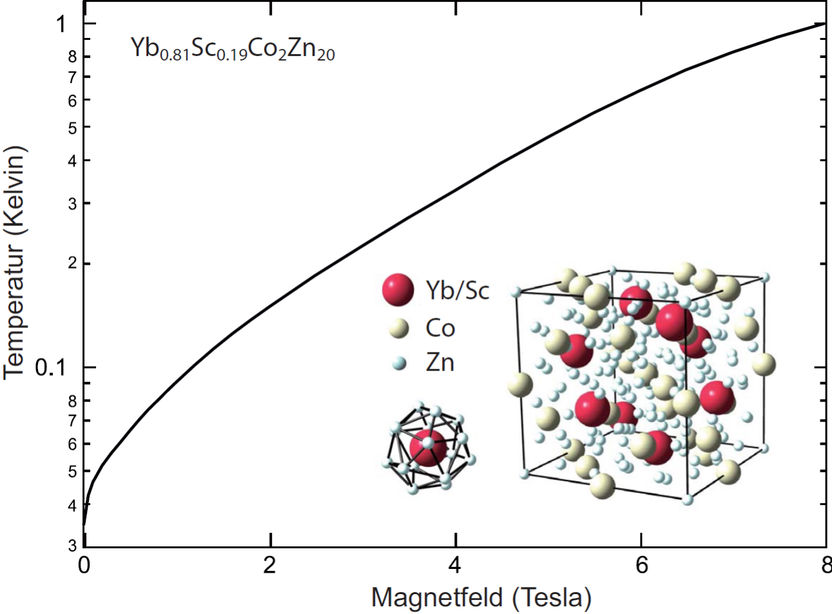
Cooling towards absolute zero using super-heavy electrons - New quantum material significantly improves adiabatic demagnetization cooling
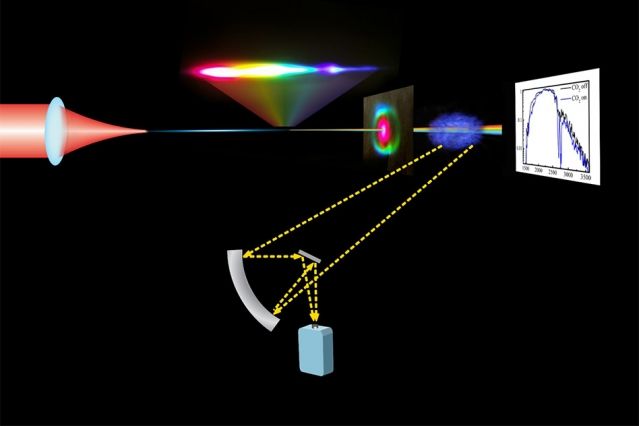
New mid-infrared laser system could detect atmospheric chemicals

Mystery of microgels solved - The results open up opportunities for new applications in materials and pharmaceutical research
Acoustic tweezers can position tiny objects

Green financing for Verkor’s first battery cell Gigafactory in Dunkirk/France - Landmark project in France

Frozen noble gas in the accelerator

